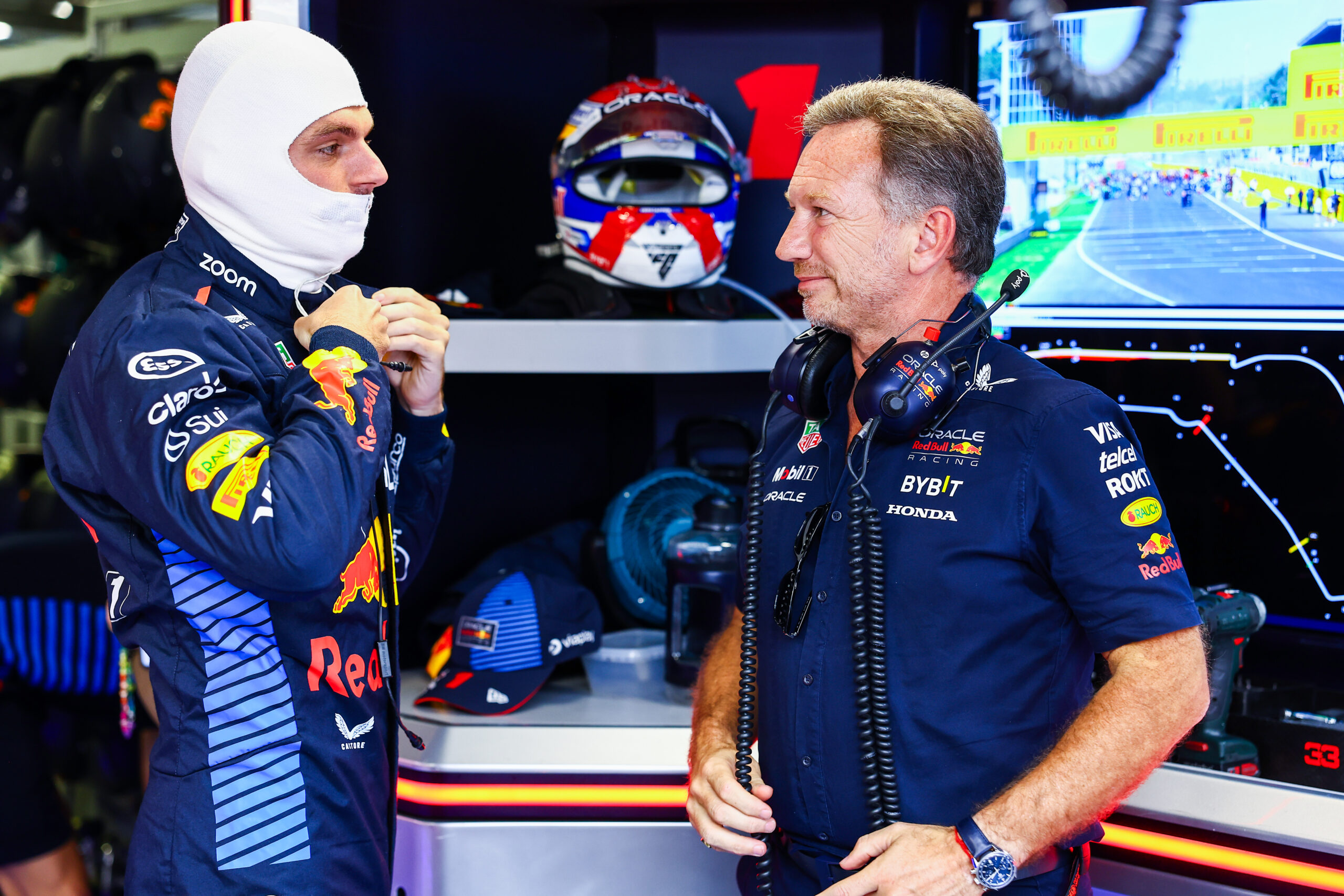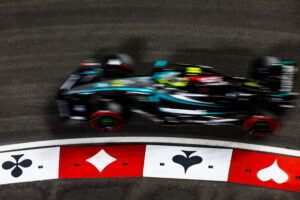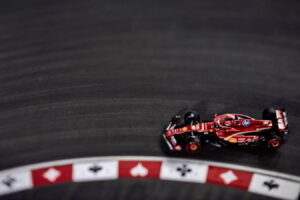The last six months have seen Red Bull fall behind significantly in the development race. McLaren, Ferrari and – to a lesser extent – Mercedes can all be credited with eliminating the RB20’s initial performance advantage. According to Christian Horner, Red Bull’s outdated infrastructure has contributed to this decline.
Red Bull hopeful that new wind tunnel can make a difference in 2024
Aston Martin are perhaps the best example of a team who have invested heavily into their development facilities. Lawrence Stroll’s ambitions of F1 success have led to the construction of new wind tunnels, simulators and factories at the team’s Silverstone factory.
However, as Aston Martin themselves have admitted, facilities are not the only ingredient necessary for success.
Red Bull have proved this consistently over the past decade, achieving regular success despite having a wind tunnel that was built more than 60 years ago.
Adrian Newey’s technical teams have historically managed to overcome the inherent limitations of their equipment. With that said, this does not mean improvements can be postponed.
Horner: Limitations are becoming more clear
After a difficult few months, Christian Horner admits that Red Bull’s new wind tunnel (set to be ready for 2026) should be a huge advantage:
“We have always known the limits of the wind tunnel,” motorsport-total quotes him as saying.
“But I think that as we continue to improve the aerodynamics of the cars and get close to the limits, the limits will become clear.
“There was a point in time when wind tunnels could have been banned. There was a discussion about whether that would be the case, and whether CFD would replace them or not…
“We have a facility that is a 60-year-old wind tunnel. It’s a relic from the Cold War. It’s been good enough to produce some fantastic cars for us over the years – but it also has its limitations.”
Like the other top teams, Red Bull are focused on introducing their final upgrades of 2024.
New components will arrive to the RB20 at next weekend’s American GP, as the team try to respond to McLaren’s relentless progress throughout this season.
In the background of this short-term goal, there is no shortage of working taking place behind the scenes.
The introduction of a new power unit division, alongside the departure of several key personnel, give Red Bull plenty of areas to address before the new regulatory cycle in 2026.






